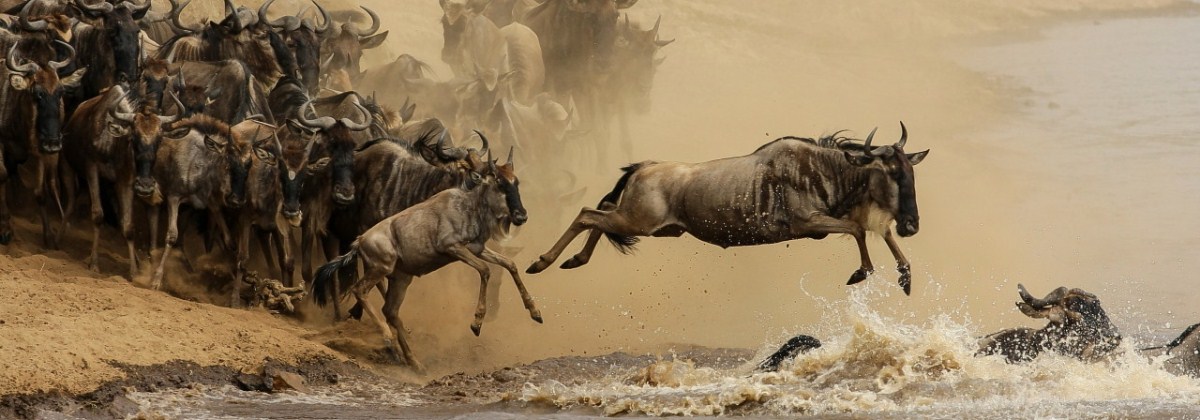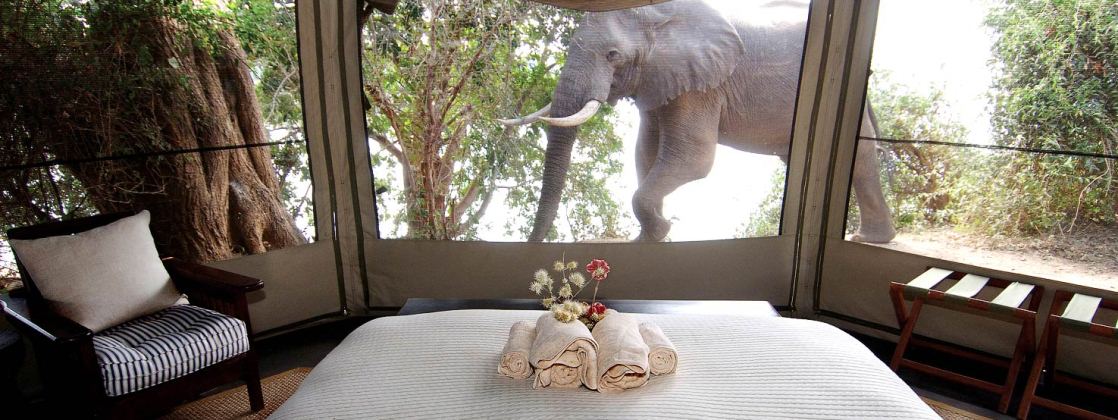Kilimanjaro Success Rate
Kilimanjaro Success Rate Rongai, Lemosho, and Machame routes are camping routes that take longer and are considered more scenic than the Marangu.
Kilimanjaro Success Rate, On the Marangu route you will be staying in huts as opposed to camping, and you hike up and down the same path. Rongai route takes you up the north side of the mountain and you descend down the Marangu route. The Lemosho and the Machame routes traverse the mountain and descends down the Mweka route.
How many days are the Rongai, Machame, Lemosho, and Marangu routes?
The Rongai route entails 6 days on the mountain while the Machame route has two options, a 6-day hike and a 7-day hike.
For those that need extra time to adjust to the altitude, the Lemosho route is best, with 8 days total on the mountain.
The Marangu route is the shortest route at a total of 5 days on the mountain. If you are concerned about altitude sickness, it is best to go with a minimum 6-day hike, give yourself enough time to acclimatize.
Do I have to be extremely fit to take part in this trek?
Yes. If you attempt to climb Kilimanjaro without the proper training you may not enjoy the trek as much as you would have with adequate training. The best way to train for Kilimanjaro is to strap a pack on your back and go hiking as much as possible. By doing so your feet and joints will become accustomed to the constant walking you will face on the trek. Also be sure to hit the gym!
What is the success rate for the Rongai, Machame, Lemosho, and Marangu routes?
The success rate for each route is as follows
Rongai Route 95 %
Machame Route 84 %
Lemosho Route 93 %
Marangu Route 94 %
Umbwe Route 95 %
What are the accommodations along the trail?
On the Marangu route, trekkers stay in huts. Each hut has a dining room for eating as well as separate bathroom facilities (can be flush toilets or pit latrines). There is no electricity in the huts.
On the Rongai, Machame and Lemosho routes, trekkers camp all the way up! For these routes G Adventures travellers receive a private mess tent and they are shared pit latrines.
Trekkers on all routes are given a hot water bowl to wash their hands and faces.
Is drinking water provided during the trek?
On the first day you are responsible to bring your own water but beyond that, water is provided on all routes. Water is taken from the mountain streams, boiled and treated to make safe to drink.
Do we carry our own luggage on the trip? If not, what is the weight the porters carry?
You will not be responsible to carry your luggage up Kilimanjaro. The porters can carry approximately 30lbs (15kg) of your luggage; the rest can be stored safely at the hotel. You will only be responsible to carry your day pack with the essential and personal items you need to have with you at all times.
What qualifications do the guides have?
The mountain guides have to attend certified courses that are offered by Tanzania National Parks before they get their Mountain Guide Licenses. A Porters Association also selects the porters; they will carry an identification card allowing them to carry your belongings, and assist you up the mountain.
Can we hire a sleeping bag with the thermal quality required for the trip? What about hiking gear?
A limited supply of equipment is available to rent directly from our office in Arusha, however the quality varies. Please let your CEO know at the welcome meeting. Whenever possible you should endeavour to bring your own clothing and equipment. There are shops and locals offering these services to you as well. It is best to come outfitted but if necessary here are the prices (USD)
- Rucksack/day pack $12
- Balaclava $6
- Sleeping bag (-25 to -35°C) $40
- Poncho $18
- Plastic bag $4
- Duffel bag $6
- 2 walking poles (ski sticks) $12
- Gaiters $8
- Gloves $6
- Sweater $5
- Sunglasses $8
- Long underwear $5
- Raincoat $12
- Rain pants $12
- Fleece pants $6
- Mountain boots $9
- Warm jacket $12







